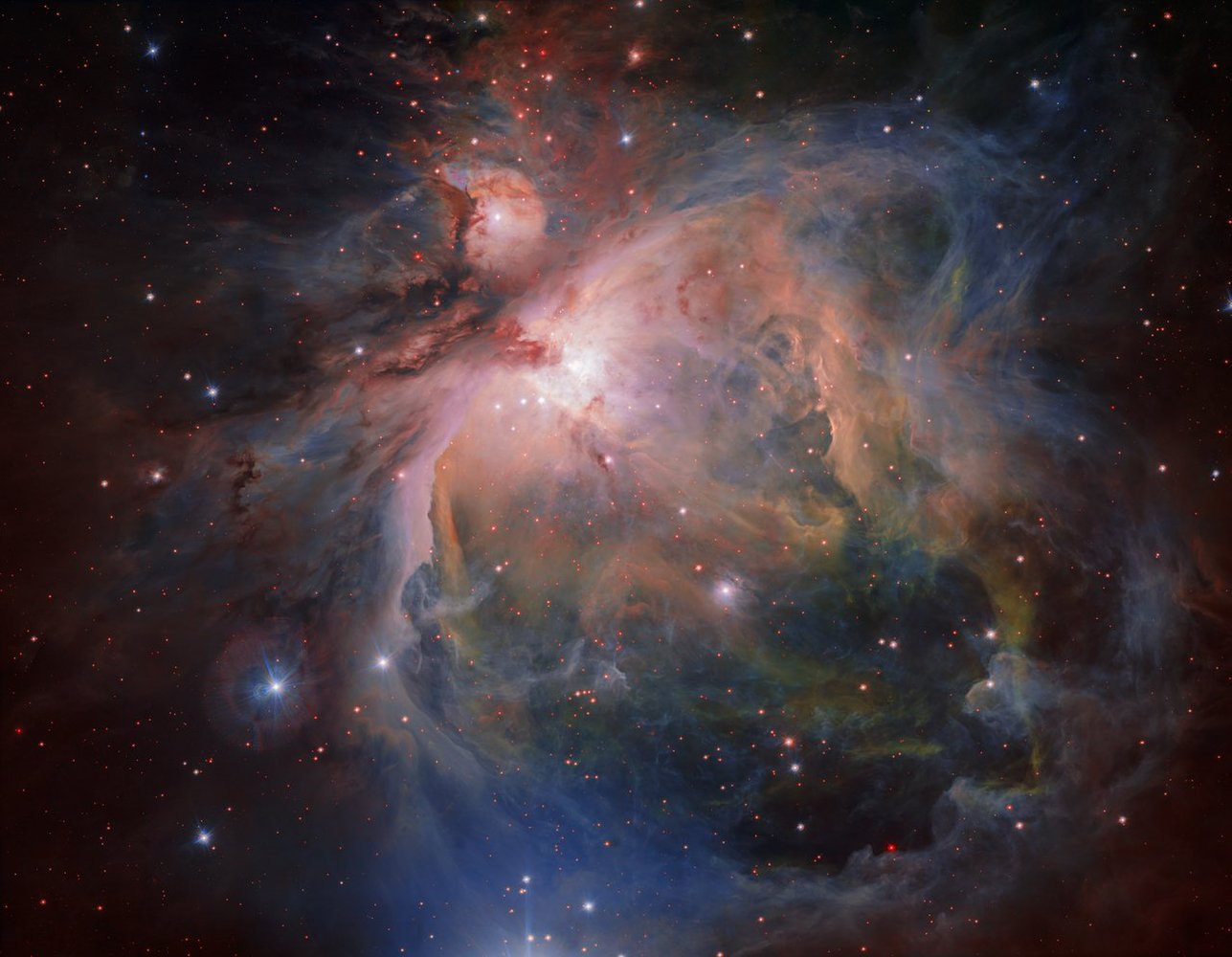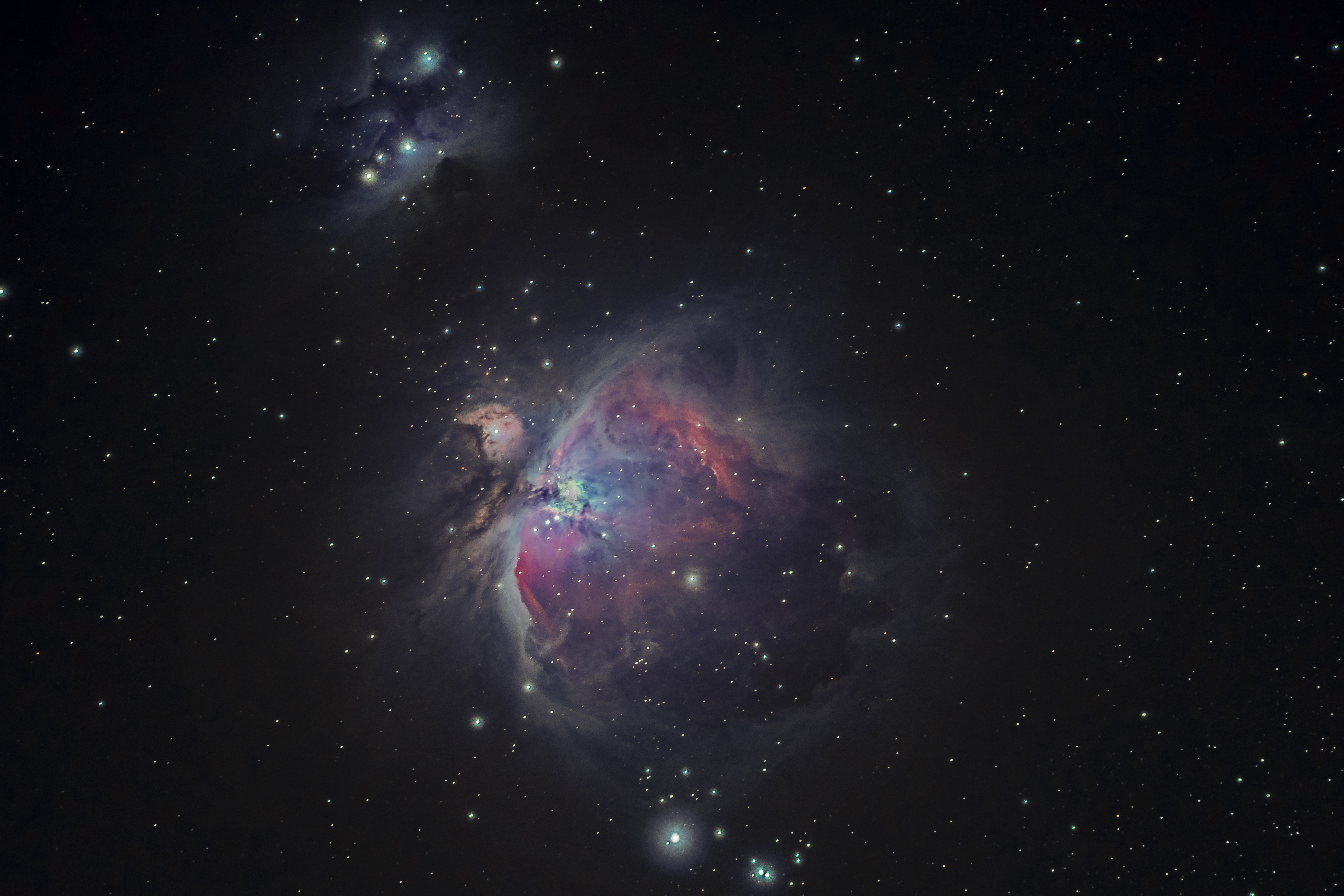
Recognize this nebula?
Yeah…we’re talking about the Orion Nebula again. I know, we already took a tour through the Orion constellation in my last post…but there’s still more to cover about how stars come to life, and Orion is still the best case study I know.
So…hold up a second. Contagious star formation? What’s that supposed to mean? I mean, usually, when you think about “contagion,” you think of catching diseases from others around you. So…can stars get sick?
Well, no. Stars are pretty good at maintaining their own homeostasis, something I’ll explain in a later post. By “contagious” star formation, I mean that star formation can trigger more star formation.
Basically…forming stars is contagious.
But how the heck does that happen?
Continue reading

